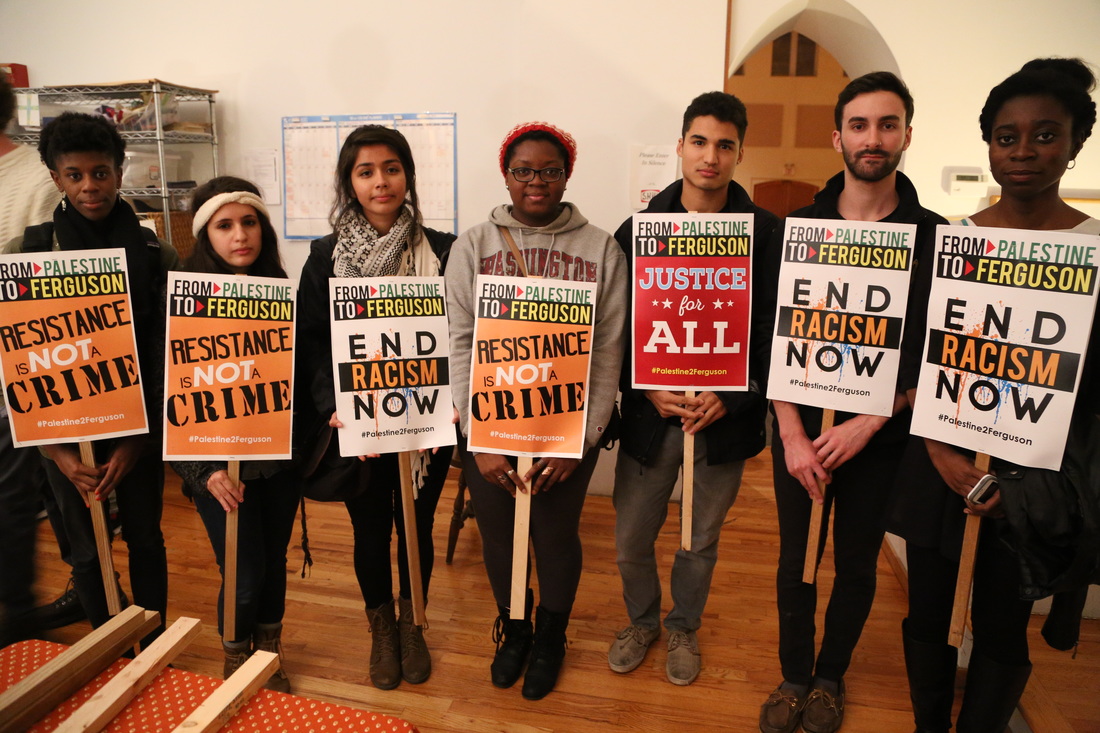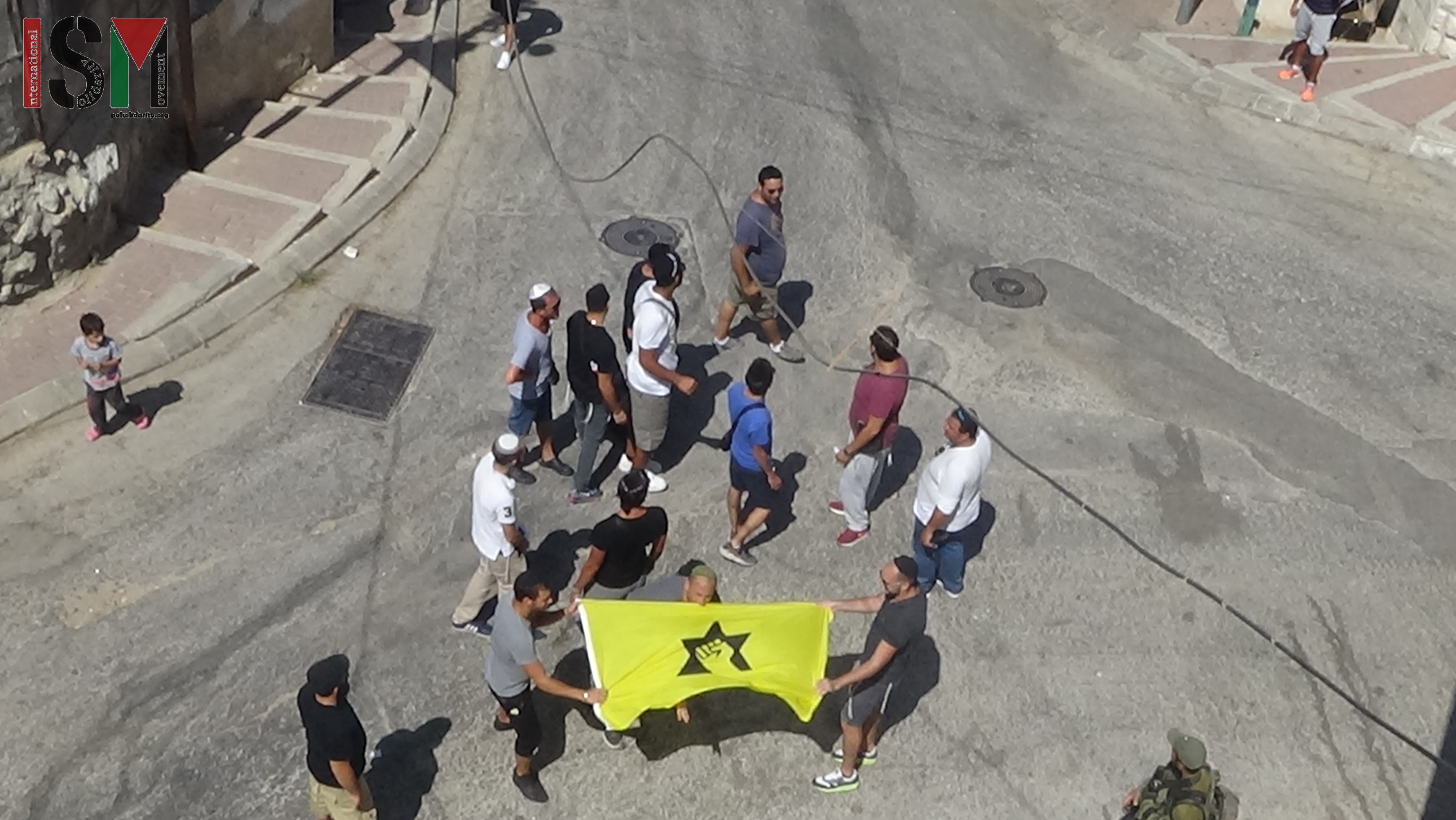-
Israel issues demolition order for mosque in East Jerusalem
22nd August 2015 | Ma’an News Agency | Silwan, Occupied East Jerusalem The article was originally published by Ma’an News Agency. JERUSALEM (Ma’an) — Israeli municipality officials delivered a demolition order Friday to the al-Qaaqaa Mosque, a house, and a studio apartment in the Silwan neighborhood of occupied East Jerusalem, local sources told Ma’an. Majdi al-Abbasi, […]
-
1,000 Black activists, artists, and scholars demand justice for Palestine
19th August 2015 | Black4Palestine | USA Over 1,000 Black activists, artists, scholars, students, and organizations have launched a statement expressing their solidarity and commitment to ensuring justice for Palestinians. Signatories to the statement span a wide cross-section of Black activists and scholars, including Angela Davis, Boots Riley, Cornel West, dream hampton, Emory Douglas, Mumia Abu-Jamal, Pam […]
-
Extreme right-wing zionists with the Kahane group attack Palestinians and international activists in Hebron
20th August 2015 | International Solidarity Movement, al-Khalil Team |Hebron, Occupied Palestine A group of twenty-five extreme Jewish zionists from France attacked three international activists in front of the shops near the Ibrahimi Mosque in Hebron, H2 area this afternoon. When the activists encountered the group of extremists, the extremist started to clap their hands […]
Action Alert An Nabi Saleh Apartheid Wall Arrests BDS Bethlehem Bil'in Cast Lead Demonstration Denial of Entry Ethnic Cleansing Farmers Gaza Global Actions Hebron House Demolition International law Israeli Army Jerusalem Live Ammunition Nablus Ni'lin Prisoner Ramallah Rubber-coated steel bullets Settlement Settlers Settler violence Tear-Gas Canister Video



